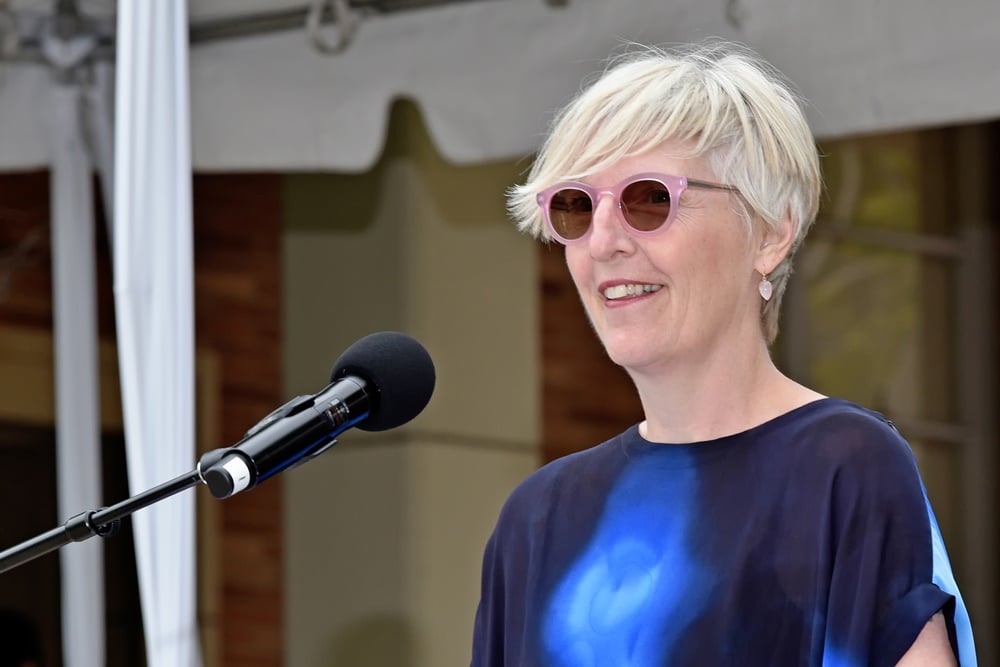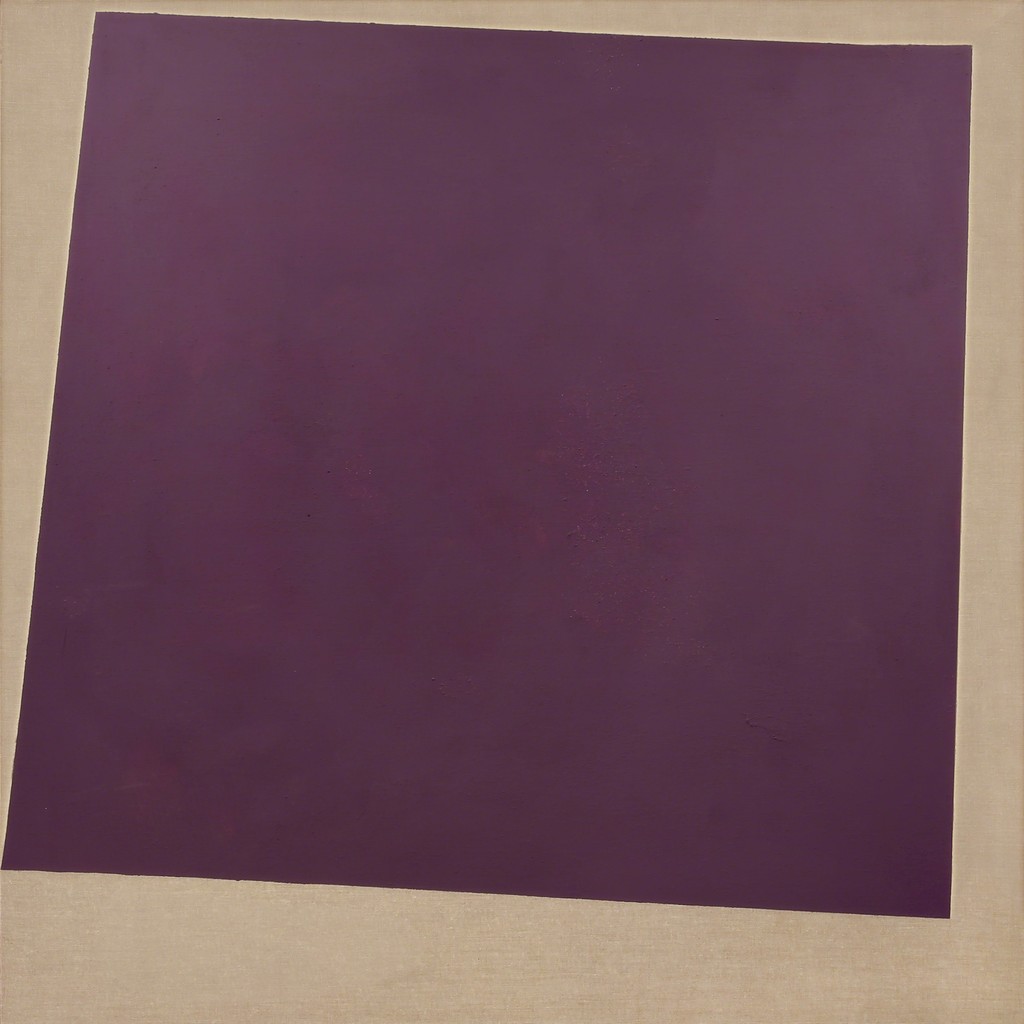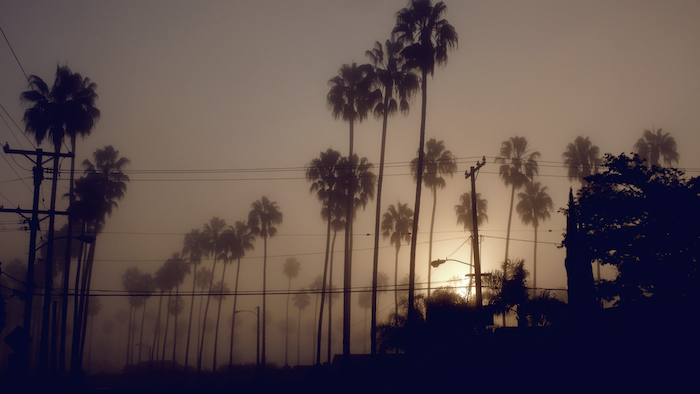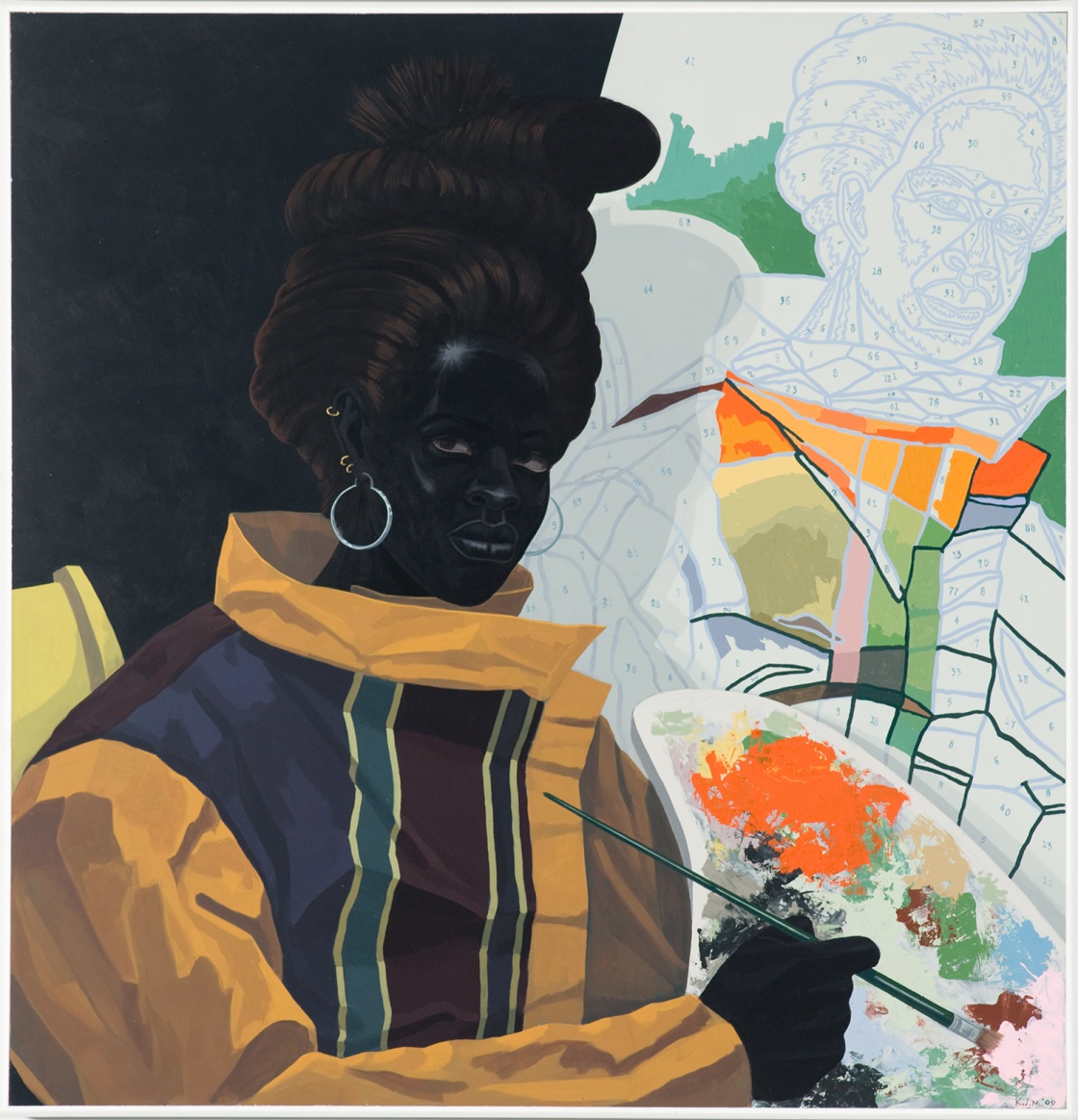Helen Molesworth will be teaching a class at UCLA this fall. Last month she gave the commencement address at the university’s School of the Arts and Architecture:
“Thank you. Thank you, Dean [Brett] Steele, for the invitation to speak today to the UCLA faculty and staff, to the families and friends of the students gathered here today. I know it sounds cliché, but it really is an honor to stand before you this afternoon. First things first, I want to offer the graduating class of 2018 of the School of Arts and Architecture some big-time congratulations. The word “congratulations” has two Latin roots. The first is to wish joy, and the second is to be together. It gives me such pleasure to be together today with you and wish you joy. Congratulations.
“I’ve decided to tell you how hopeful I am about the future, and one of the reasons I am hopeful is because of your generation. You guys have come of age against an extraordinary backdrop of actual and symbolic change. From the two-term Obama presidency that shaped your sense of political possibility, to new ideas in the workplace symbolized by the Me Too and Time’s Up movements, to your generation’s acceptance of trans identities, to the bravery of those of you with DACA status, to your support of the water protectors at Standing Rock, to new ideas about race and power exemplified by Black Lives Matter. And now there are those following in your footsteps. High school students across the country, led by their peers from Parkland, calling for an end to gun violence. These are huge advances in the realm of everyday life, and you have already helped to shape these changes.
“But, even though I am hopeful, it would be foolish not to mention how spectacularly messed up the world is at the moment. Both here and abroad, democracy finds itself imperiled by the all-too-familiar wins of authoritarianism and nationalism. In our country, the difficult task of democracy is under enormous pressure from a newer threat, an increasingly powerful oligarchy that has concentrated more money in the hands of fewer individuals than the feudal period. This oligarchy has inserted its values of profit and their inherent belief in money and wealth as the ultimate metrics of success into democracy’s most fundamental institutions: the press, scientific research, concert halls, the university, museums, all institutions that were previously believed to stand apart from the forces of the market. The worlds of culture and art, the worlds you are poised to enter, are striated with the pressure of these moneyed forces in ways we have never before encountered.
“But I want to suggest that you were learning something else in the crit. You were learning how to listen. When you sat in a crit, you weren’t simply learning to wait your turn before you spoke. Some of you were learning how to listen to what was being said, as well as what wasn’t being said. You were learning to listen carefully to people’s choice of words, learning to listen for the emotional content of a statement as well as its factual one. You were learning to listen as a way to slow down the formation of your own opinion. You learned it was better to listen to what happened in the crit before you made your mind up about what you thought about the work. You were learning how to listen with compassion and ambivalence. In other words, you were learning how to listen to the complexity and the nuance of the crit itself.
“This is what Parkland High School student Emma Gonzalez did when she stood silent for four minutes before an assembly of tens of thousands of people to protest gun violence in the United States. She was refusing to lead us or entertain us with her grief. She was asking us instead to listen, to ourselves, to each other, to the situation. Those of us who have been in a crit know that one of the most interesting questions we can ask ourselves right now is, what did we hear when Emma Gonzalez stopped speaking?
“I think your generation is the first generation to come of age when we can say that white supremacy is dying. In my entire life, I have never heard so many people from so many different walks of life be able to name and acknowledge the disaster visited upon us. I know in my heart of hearts that some of the most important voices who have helped us understand how the past has shaped us have been artists and musicians and dancers and writers and architects, for they were listening and they have been reporting back to us about what they heard.
“But the capacity to identify and name the problem is only half the battle. There will be a long and hard fight ahead. People in power have a lot to lose, for their very sense of self is bound up in fantasies of whiteness and money and power. And yet, what I hear in the daily barrage of bad news is not strength, but weakness. What I hear in this current administration’s culture of lying, bullying, hatred, and violence is not power, but a death rattle. Indeed, I think we are bearing witness to the death rattle of our colonial past, and like all deaths from toxic diseases it will not be an easy or a graceful one. The patient is fighting the diagnosis, fighting the reality of our country’s new demographics, new demographics so beautifully on display here today.
“One, we have two ears and one mouth, so technically it should be twice as easy to listen as it is to talk.
“Two, stick close to your friends over the years ahead. Look around at each other now, smile, dap your friends, kiss your lovers. Life is long, and you are all going to need each other.
“Three, make your bed. I know that that’s a very Oprah-like thing to say, and I have no idea what it has to do with white supremacy, but I also know that making your bed is one of those things that makes you a more productive person. I don’t know why that is, but you should just do it. Trust me. Make your bed.
“Four, if you are lucky enough to enjoy prosperity, remember to share it. Don’t stockpile power and money. If they come your way, redistribute them. Share the joys of your successes widely.
“Congratulations.” — Helen Molesworth
artnet.com/helen-molesworth-commencement-ucla
See “Under the Volcano: Helen Molesworth in conversation with Dorothée Perret,” PARIS LA 14 (Winter 2016): 29–37.
dopepress.fr/paris-la-issue-14
See: artforum.com/sarah-lehrer-graiwer-introduction-helen-molesworth
Above: Helen Molesworth, This Will Have Been, exhibition catalogue (Chicago: Museum of Contemporary Art/New Haven, CT.: Yale University Press, 2012).
Below: Helen Molesworth at UCLA commencement, 2018. Image credit: UCLA Arts.














